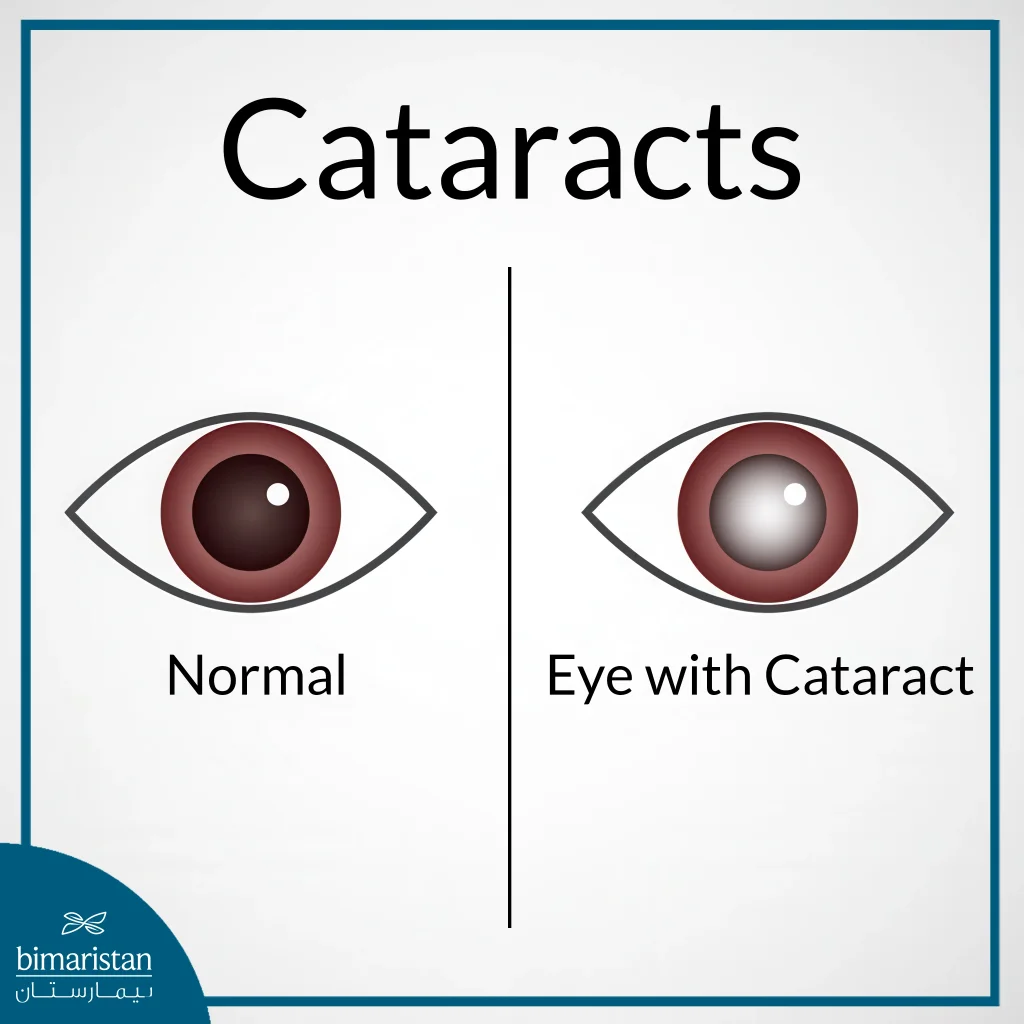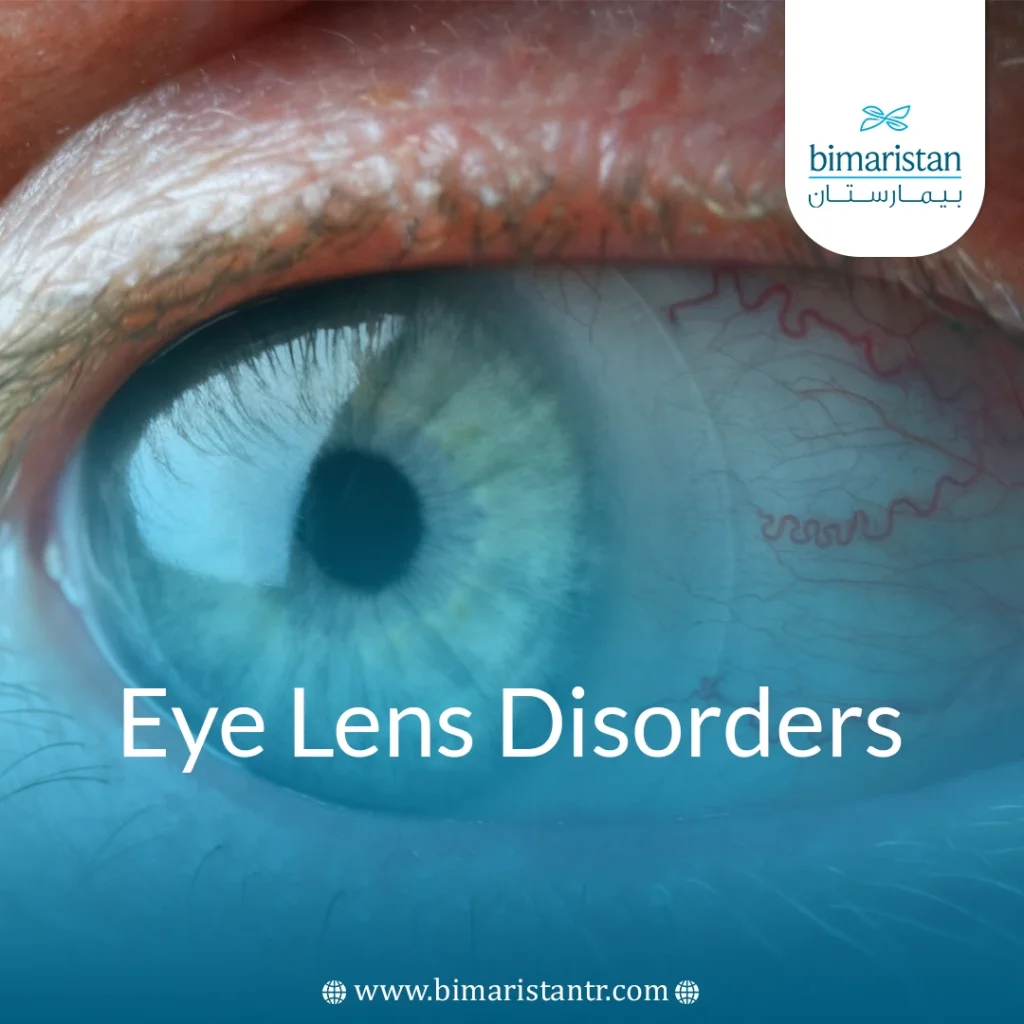Eye lens disorders are common conditions that can significantly impact the clarity of your vision, particularly as you age. The lens plays a crucial role in focusing light onto the retina, ensuring sharp sight. However, as the lens deteriorates or develops disorders, various issues can arise that affect its function. In this article, we will explore the primary types of eye lens disorders, advanced treatment options, and effective prevention strategies.
What is the lens of the eye?
The lens is a transparent part of the eye located behind the iris that focuses light onto the retina. It plays a crucial role in adjusting the focus of light, ensuring clear vision. As light enters the eye, rays pass through the lens, where their path is refined to create a sharp image on the retina. However, eye lens disorders can alter the lens’s ability to refract light properly, leading to reduced visual clarity.
Most common eye lens disorders
The most common lens disorders include the following:
Cataract
Eye lens disorders can cause cloudiness in the lens, resulting in impaired vision. Individuals over 50, smokers, and those with a family history are at higher risk of developing cataracts. Symptoms often include blurry vision, glare when looking at lights, and poor night vision. Modern treatments involve surgical intervention to replace the damaged lens with an artificial one, restoring clarity and proper sight.

Congenital Lens Abnormalities
Eye lens disorders can involve a lens that is abnormally small or entirely absent at birth, often found during routine eye examinations. Treatment varies based on the condition and may involve corrective glasses or surgical intervention to improve vision function.
Lens Dislocation
Eye lens disorders include partial or complete lens dislocation, often caused by injury or underlying conditions like Marfan syndrome. Diagnosis involves clinical examinations and imaging techniques to assess the severity of the condition. Treatment options include vision correction methods and surgical intervention, depending on the condition.
Nuclear sclerosis of the lens
Eye lens disorders include nuclear sclerosis, a natural aging process in which the lens gradually becomes denser, affecting clear vision. Unlike cataracts, which cause significant cloudiness and severe visual impairment, nuclear sclerosis progresses slowly and results in mild vision changes over time.
Treatments for cataracts
Treatments for cataracts include the following:
Surgical treatment (lens implantation)
Eye lens disorders may require replacing the affected lens with an artificial one, including monofocal, multifocal, and astigmatism-correcting lenses. The recovery period is typically short, and outcomes are generally positive.
Treatment with glasses or contact lenses
Used in mild cases or when surgery is not possible. Glasses can help improve vision and may postpone the need for surgery.
Preventive and supportive therapy
Preventive and supportive therapy has several forms, including:
- Controlling blood sugar and blood pressure
- Consuming a diet rich in antioxidants, such as fruits and vegetables
- Avoid prolonged UV exposure to protect the lens
When should I see a doctor?
Eye lens disorders require attention to recognize warning signs, such as sudden changes in vision clarity. Regular eye exams are essential for detecting issues early, as early detection plays a crucial role in achieving successful treatment outcomes.
Cataracts are common and can be treated effectively when detected early, either through surgery or corrective visual aids. Regular check-ups are essential to prevent complications and ensure timely treatment. Regular medical check-ups help maintain long-term vision quality and eye health.
Sources:
- UC Davis Health. (2023, August 31). Cataracts and lens disorders. UC Davis Health. Retrieved June 11, 2025
- Elsevier. (n.d.). Lens disease. ScienceDirect. Retrieved June 11, 2025
